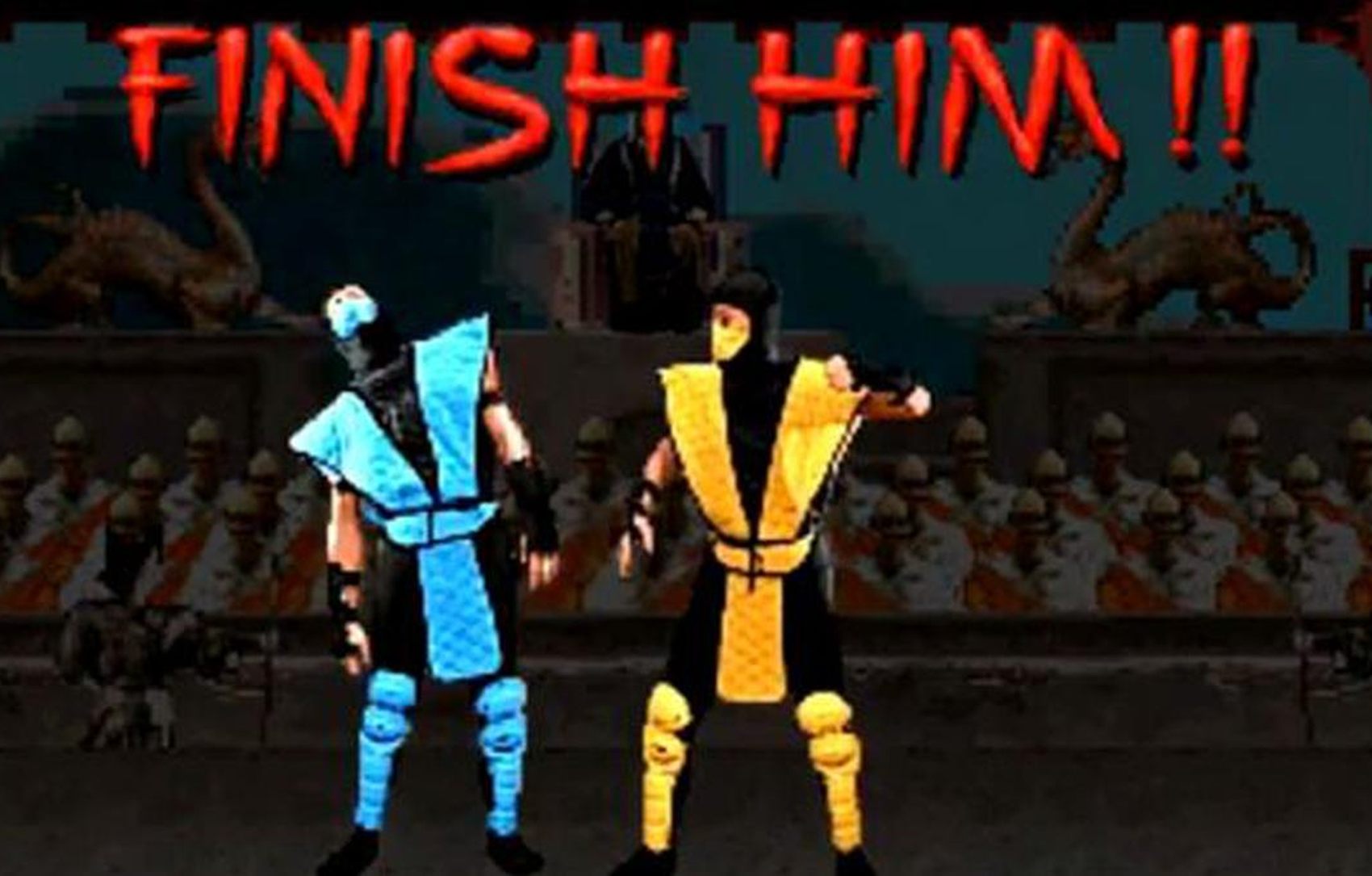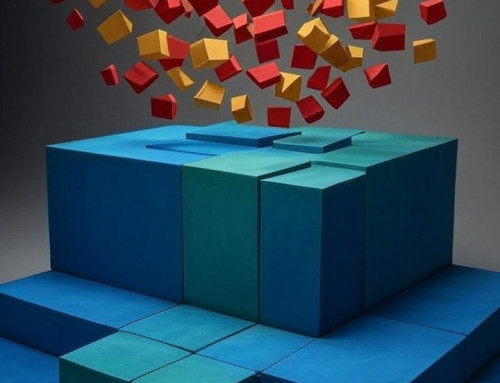Sparta had the plain of Thyrea surrounded. The Argives, who were there to defend the territory, struck a deal with the Spartans. Each army would send 300 of their best champions to battle for the land. Yes, 300 Spartans! But not the 300 you may be thinking of. This was a different battle according to Herodotus, the father of history! But more like your drunk uncle trying to tell a story about his glory days as the star quarterback where bigfoot somehow gets mentioned.
It was agreed; the Spartans and Argives would do battle for the territory. The winner must achieve “complete destruction” on the battlefield to be declared the winner. No one would be captured or let go alive. One side will lose all soldiers. The battle was long and grueling. The best of the best battled it out and neither side had a distinctive advantage. At the end, there were only two soldiers standing. Alcenor and Chromius, both of the Argives army. Believing they won the battle, they headed home to announce the victory.
Alcenor and Chromius made a grave mistake, however. They made an assumption that they killed all 300 Spartans. But alas, one Spartan remained. Othryades, while badly injured on the ground, was still alive. When the remaining two Argive champions retreated, that left Othryades, the sole Spartan, the last man standing (albeit wobbly) on the battlefield.
Othryades notified his baggage handlers to report back of the victory. In Spartan tradition, it was shameful to be the only man alive during battle. Due to this, Othryades took his own life. Meaning, even if the Argives returned to the battlefield, they could not defeat the Spartans to win the battle as they were not the ones to defeat Othryades. This, obviously, led to an argument over who won the battle. This then led to the Argives sending their entire army to attack the Spartans. The Spartans met the Argives with their own full-on army and decidedly efeated the Argives to gain control of Thyreatis.
What can we learn from all of this as it relates to our martial arts training? Never send just 300 warriors into battle when you can send them all! Wait, not that’s not it. Oh, I know, be warry of attackers named Othryades as they don’t die easily! Hmm, no, that doesn’t seem right either. Always end your fights with a Mortal Kombat style “fatality” to make sure they’re finished! That’s it! Sort of. Maybe not killing, but one should always follow up your successful defense to make sure the attacker doesn’t jump right back up and reclaim victory from you!
I see this often with martial arts students running through self-defense techniques. Especially with joint locks or throws. One student plays the part of the attacker and performs an attack on the defender. Maybe a punch, kick, or grab of sorts. The defender performs a defensive technique. Maybe a sweep or throw to the ground. Maybe a standing joint lock or choke hold. Or maybe a quick striking combination. Then the attacker resets and they move onto the next technique.
While it’s important to be efficient with your training to get the most in during class time, it’s an absolute must to follow through with the defense beyond just the initial throw, joint lock or combination. What ended the altercation? Are we assuming your technique was so perfect and devastating that the attacker will remain on the ground unconscious as you casually walk away and go about your business?
We know this isn’t true, but often times we just don’t think about what’s next. I’ve discussed the different levels of “attacks” and altercations in previous blog posts, but it’s important to recap. For most altercations there are five parts. The buildup, the onset, the physical fight, the conclusion, and the aftermath.
Not all of these must happen, and many times some of these go by extremely fast. The “conclusion” is where the topic for this blog post is focused on. If you would like more detailed information on these six different levels, check out my blog post “Myths and Misconceptions: Joint Locks are Useless in a Real Fight” or read the updated version in my latest book, “A Journey Through Martial Arts Myths and Misconceptions.”
Most martial arts training is focused on parts two and three, the onset (when the attacker first initiates a physical attack) and physical fight where both/all parties are actively “fighting”. We are trained to throw combos against the opponents’ attacks or to trip/throw them to the ground during these parts. But what comes next?
Most students know that there needs to be a follow up of some sorts. However, it doesn’t get trained as often as it should at times. There’s an assumption made that the joint lock, throw or combination is the bulk of the defense and the rest we’ll figure out on the fly, or maybe the person will bow down to you and accept their defeat. But this simply isn’t true. We must train from start to finish. But it’s understandable as to why we overlook these proper follow-ups. Which I’ll explain later in this blog.
First, it’s important to understand why these follow-ups can’t be figured out on the fly. I’ve covered what happens when the Sympathetic Nervous System (SNS aka fight, flight or freeze) numerous times in previous blog posts as it’s incredibly important to understand when discussing altercations, especially unexpected ones. Please go back to previous blogs such as “easy as breathing”, “let odin take the wheel” or “we can be hero’s but not for one day” (and many others), if you would like to know more detail about this system and how it effects self-defense.
When it comes to the follow-up technique, the important aspect of the SNS hitting is that the cognitive portion of your brain (where you think logically and make conscious decisions) will be heavily impaired, if not absent. It is not crucial to survival in this mode; only instinctive movements are as they are faster than thinking and deciding in times of survival. This means that your body will move however you trained it the most.
If you never spent time training these follow-up techniques, then you simply won’t do them when it’s needed. We must take time to properly train the resolution to an altercation. And that’s not just what physical movements to do, but what verbal statements/questions one must use. Pinning an attacker on the ground as a follow up will allow you to use proper breathing techniques (see my blog on this, “easy as breathing”) to come out of the SNS and think critically and be able to have rational conversations.
Knowing that we need to train follow-ups, what techniques should we use? While every scenario can have a different follow-up, I’m going to focus on the one I see most overlooked. These are grappling situations such as joint locks, trips and throws. Most quick defenses where kicks and strikes are used are meant to strike vital areas, such as the solar plexus (just below the sternum) that knocks the wind out of the attacker. Or a strike to the brachial nerve on the side of the neck that can drop an attacker, if not knock them unconscious. If the situation is dire enough, hard strikes to the throat or eyes. A follow-up technique isn’t typically necessary in these situations as they are meant for quick escapes.
Grappling defenses are different as you may be tied up with the attacker. Most of these grappling techniques don’t have the same incapacitating effect that strikes to vital areas do. Unless of course you choke the attacker out. Many of these grappling techniques work greatly for controlling the attacker. However, once let go, what’s to keep them from continuing the attack? I’ve seen students train joint locks from standing attacks where the joint lock gets applied, the attacker taps out to let the defender know the technique is working. The defender lets go and they either try again to refine the technique or move on to the next.
There are a couple things to understand about this kind of situation. One, the average attacker isn’t going to tap out, even if they are in excruciating pain. If they scream in pain and you let go, they will most likely try and attack you again. Let’s say you go farther and break their arm or wrist. Then what? You let go? Then they attack you again with the other arm. I make my students take all joint locks to the ground for a controlling pin while continuing to hold the joint lock or transitioning to a better one for the ground if needed.
But then what? This is what I’m getting at with this blog post. There needs to be a resolution and clear path to safety. The defender must control the opponent on the ground until this resolution is achieved. This could be holding them until others come to help, such as law enforcement. Or if there is no one to help, verbal discussions and statements must be had at this time.
The first fight I was ever in as a child, maybe 9 or 10 years old, ended this way. It started with punches while standing, then a trip to the ground. I grabbed his arms to keep him from punching, and we resolved the issue verbally. Mind you this was essentially a friend of mine and we had got into an argument. The argument was resolved, and we moved on from the incident. A stranger attacking you will not go as smoothly, but similar outcomes can still happen by being vocal about resolving whatever the issue was.
Trips and throwing techniques should have the same resolution. If an altercation comes about from a heated argument, severe but temporary pain can be cooling agent on that heated argument. More and more people are learning and understanding how useful grappling techniques can be in altercations. Yet, this usually comes from watching sport fighting events. These joint locks end with tap outs and a ref calling the match over.
There are no refs in self-defense. A tap out means nothing. You can have the perfect reclining armbar applied to the attacker, but the fight is not finished. The attacker, knowing his or her arm is about to break, or maybe did break, won’t stop fighting. This could lead to them biting, or worse, pulling a weapon out and doing serious life-threatening harm. People do crazy things in bad situations when they feel their life or body is in danger.
This is why these follow-up techniques are so incredibly important. Remember, if you are taking a person down with a joint lock, that same joint lock in most scenarios can be used to control the person on the ground and have this verbal resolution. Just make sure and mitigate the pain. Too little pain and the attacker escapes and continues the attack. Too much pain and the attacker will enter the SNS and has an adrenaline dump where they don’t feel the pain and have super-human strength to escape and pummel you.
I teach my students to hold the joint lock but release most of the pressure causing the pain but be ready to add the pressure back on if they fight back again during the verbal resolution. This is true with pressure points as well. Holding a pressing point, such as a thumb pressed into the mandibular angle (below the ear and behind the jaw) to stop an attack, then mitigating the pressure until that resolution is achieved.
When it comes to trips and throws, I teach students to kneel on the attacker once they are down, while continuing to hold a limb. Kneeling on the solar plexus if in the supine position (on their back) and kneeling on a shoulder if they are in the prone position (on their stomach). Ideally placing an arm into a joint lock. Placing the opponent on their side is also effective as it makes it harder for them to kick or strike, but one must kneel on the side of their head and ribs, but with caution as too much pressure can cause life threatening injuries. This is also much less stable.
Position on the ground is a whole other discussion. I was taught by, and trained alongside, law enforcement and security guards. We always made sure to place the attacker on their stomach, even if they landed on their back. That way they couldn’t use kicks or strikes while down and it was easy to apply handcuffs. But I digress.
Now that we have a clearer understanding of what I mean by follow-up technique and how to properly pin an attacker on the ground to come to a safe resolution, let’s finish by discussing why this gets overlooked so often. There are two reasons that tend to cause this lack of follow-up training. First is the lack of knowing to do it. There are a lot of critical elements that are overlooked by instructors and students. I believe part of this is a lack of real-world experience. This tends to be the greatest cause of an instructor not teaching something crucial. If they’ve never experienced the reason why something is important, they won’t know it’s important.
The second reason, and usually the more common reason, is efficiency. Students look at the combinations, joint locks, takedowns/throws as the meat in the meal of self-defense. Which is true. You can’t do a follow up technique if you don’t know how to get the attacker in that position to begin with. Due to this, we focus heavily on the initial takedown or application of a technique. There is only so much time in class to train. The follow up technique is somewhat easy compared to the initial takedown.
Most of the mistakes I see in technique are in the takedown or initial joint lock. Therefore, a student spends most of their time focused on that portion and not the follow-up. Not to mention doing the full takedown and follow-up can take a lot of time compared to quickly applying a technique from a standing position over and over in a rapid-fire way. A long with this is the impact on the training partner. It can hurt getting taken down to the ground over and over during class. If your training partner is injured, then neither of you can train.
I’ve found the solution to this involves following a guideline of when you do the full take-down and follow-up. If a student is learning a throw for instance. I have them train the entry five times in a row. On the fifth attempt, assuming the technique is good enough to be safely used, a full throw and follow-up should be performed. This limits the amount of bumps the training partner takes while still consistently applying a follow-up.
On a related note, students should also understand verbal de-escalation and train evading techniques (from punches/kicks) and quick escapes from grabs. These too tend to get overlooked in training. Knowing how to avoid an altercation in these ways is crucial as it’s the best way to avoid bodily harm.
It’s important to understand that self-defense and self-protection is very different from sport fighting and one must train all levels of an attack as listed above. Not just the mid-fight where most of the physical defenses come into play.







Leave A Comment